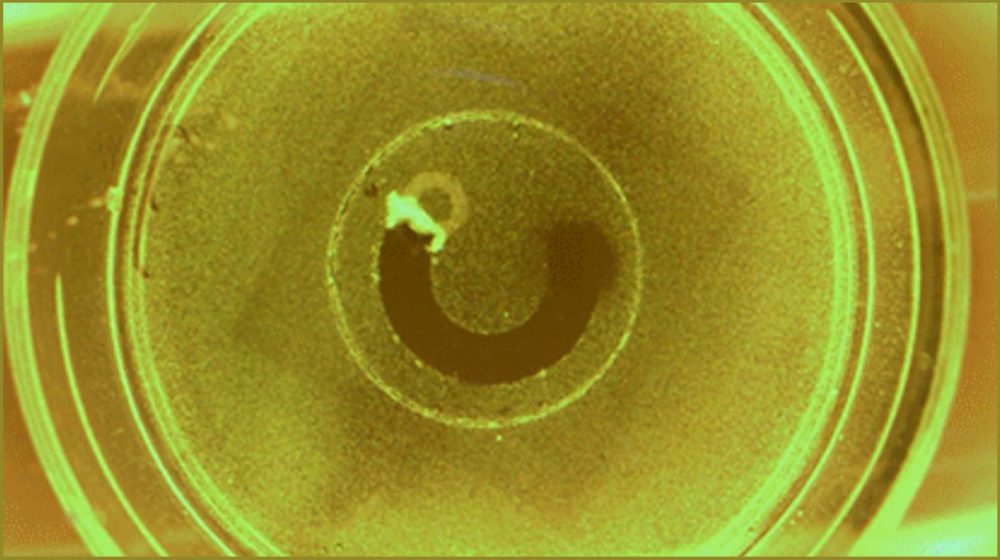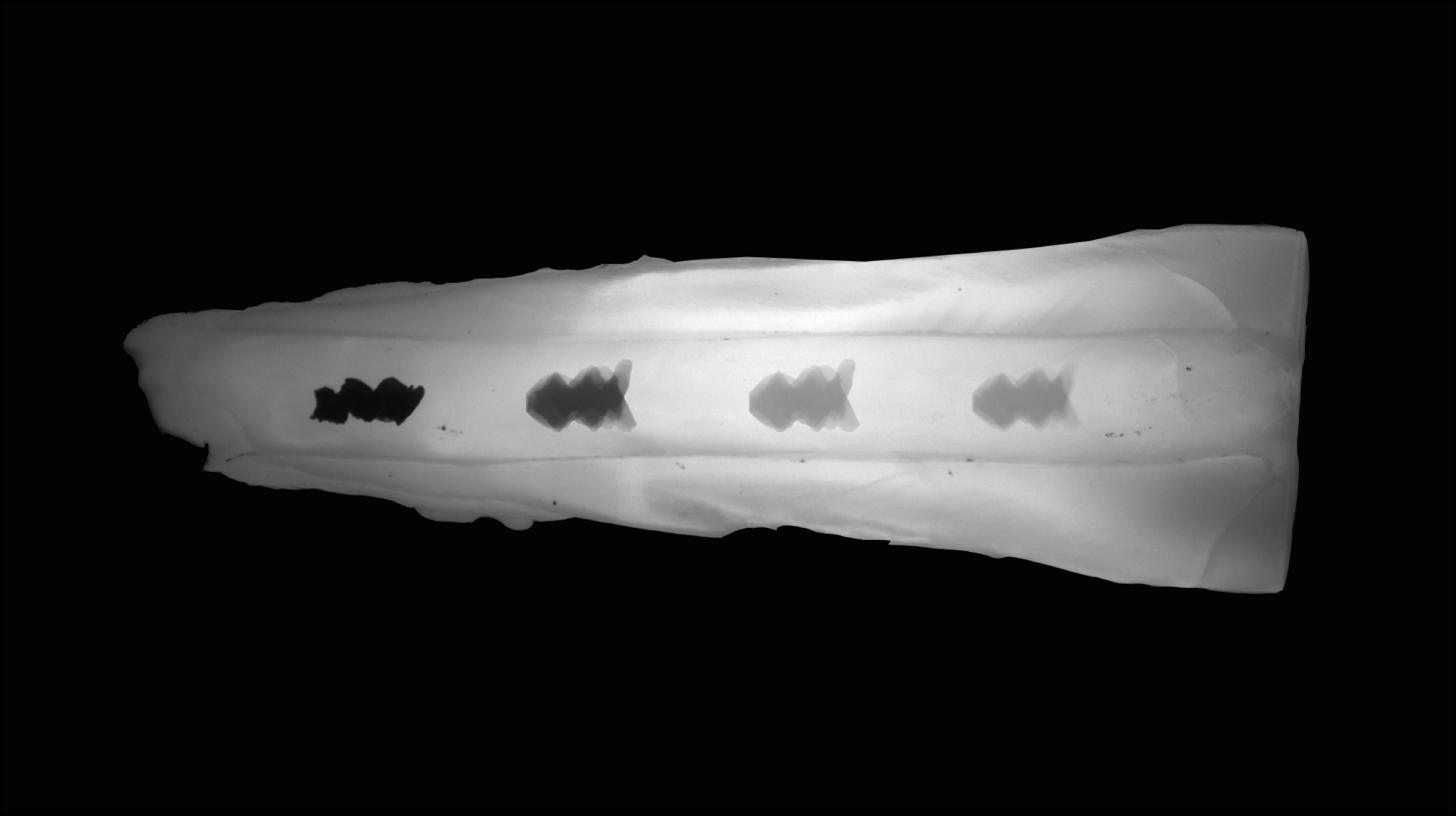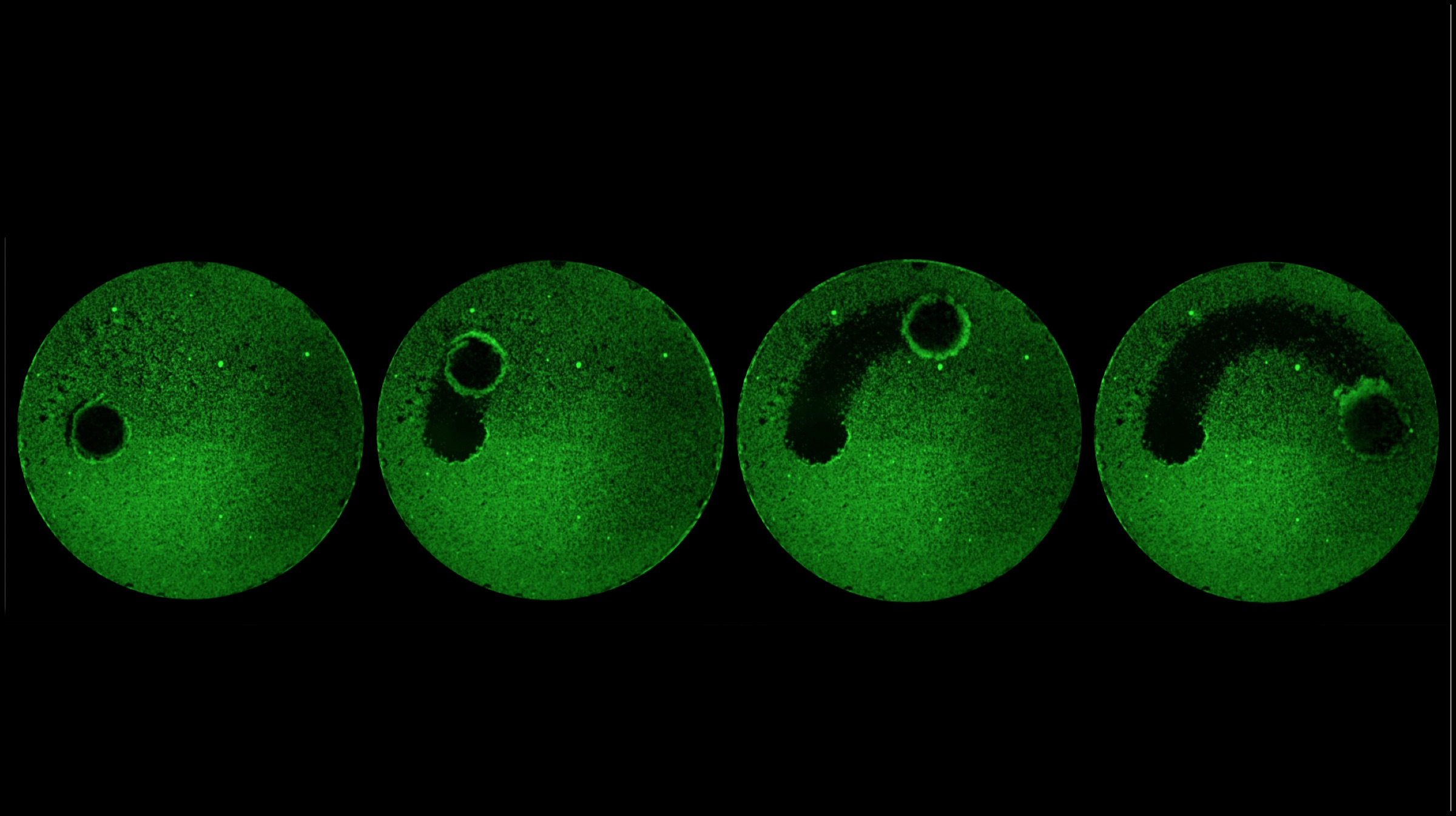Dental Plaque Can Now Be Wiped Out By An Army Of Microrobots

Visits to the dentist are usually cumbersome and expensive, but the latest development from a team of engineers, dentists and biologists from the University of Pennsylvania have designed a crew of microrobots that can be deployed and controlled to remove the buildup of plaque between the teeth and gums. That is right, scraping and scratching with mechanical tools is not the only methods via which dental clean-ups can be performed.
 The scientists have developed two different types of robotic systems for entirely varied purposes. One of them works on open surfaces, whereas the other system is designed specifically to operate inside closed spaces. The researchers showcased the microrobots’ ability to destroy biofilms and sticky deposits of bacteria. Plus, the scientists state that the same technology can be implemented in cleaning dirty water pipes and other inaccessible areas which are prone to bacterial deposits.
The scientists have developed two different types of robotic systems for entirely varied purposes. One of them works on open surfaces, whereas the other system is designed specifically to operate inside closed spaces. The researchers showcased the microrobots’ ability to destroy biofilms and sticky deposits of bacteria. Plus, the scientists state that the same technology can be implemented in cleaning dirty water pipes and other inaccessible areas which are prone to bacterial deposits.
About The Research Process
The research was led by Hyun (Michel) Koo of the School of Dental Medicine and Edward Steager of the School of Engineering and Applied Science. As per their statements, multiple biomedical fields face the issue of microbial deposits in inaccessible places. And this problem gets enhanced when the action has to be taken on human teeth, simply because it requires more precision and manual labour at the same time.
 Also Read: Fortnite Can Be Now Played On The Xiaomi Redmi Note 7 Pro
Also Read: Fortnite Can Be Now Played On The Xiaomi Redmi Note 7 Pro
Biofilms are extremely difficult to remove from a surface, owing to their chemical composition. Previously, multiple attempts have been made to devise chemicals that can remove such deposits with relative ease, but in vain. The sticky matrix holding the bacteria against the surface provides protection from antimicrobial agents. The microrobots designed by the researchers, however, break down the biofilm matrix by working catalytically on the material with the help of iron-oxide-containing nanoparticles. The particles then activate hydrogen peroxide to release free radicals that can destroy bacterial biofilms.






















